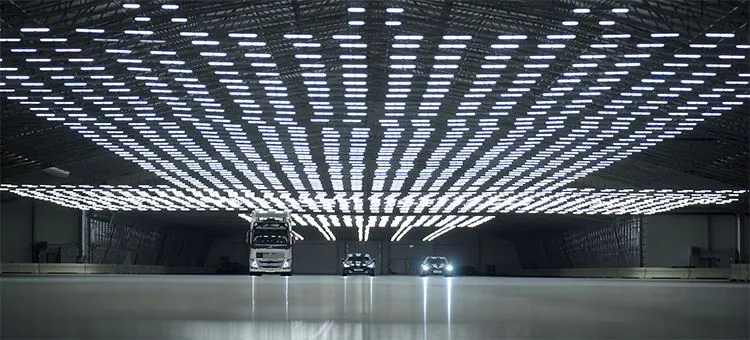The European Commission has granted funding of US$1.9 million of the total budget of US$2.5 million for the FOT-Net Data project, which aims to make traffic data collected in field operational tests (FOTs) more widely available to researchers. The three-year project will start in January 2014.
The EU has supported a number of projects since 2008, enabling testing of the latest vehicle information technology in large-scale field trials. Drivers have been able to test the most promising prototypes or produ
December 13, 2013
Read time: 2 mins
The 1690 European Commission has granted funding of US$1.9 million of the total budget of US$2.5 million for the FOT-Net Data project, which aims to make traffic data collected in field operational tests (FOTs) more widely available to researchers. The three-year project will start in January 2014.
The EU has supported a number of projects since 2008, enabling testing of the latest vehicle information technology in large-scale field trials. Drivers have been able to test the most promising prototypes or products just entering the markets, including adaptive cruise control, forward collision warning, navigators and most recently, warning systems based on short-range wireless communication between vehicles.
Field test projects have evaluated the impact of these technologies and also contributed to their introduction. Drivers' behaviour whilst using the systems has been monitored for continuous periods of up to more than a year, collecting valuable information from traffic.
The Commission recognises the importance of making the collected data more widely available to researchers. Although the data has already been analysed within each project, there is much potential for reusing it in new studies that focus on different research questions.
The project is also financed by the project partners:814 VTT Technical Research Centre of Finland as the coordinator and the network of intelligent transport systems stakeholders, 374 Ertico–ITS Europe, Chalmers University of Technology of Sweden, RWTH Aachen University of Germany, Spanish R&D centre CTAG, 2153 University of Leeds, UK, French road safety research organisation CEESAR and German automotive company 2069 Daimler.
The EU has supported a number of projects since 2008, enabling testing of the latest vehicle information technology in large-scale field trials. Drivers have been able to test the most promising prototypes or products just entering the markets, including adaptive cruise control, forward collision warning, navigators and most recently, warning systems based on short-range wireless communication between vehicles.
Field test projects have evaluated the impact of these technologies and also contributed to their introduction. Drivers' behaviour whilst using the systems has been monitored for continuous periods of up to more than a year, collecting valuable information from traffic.
The Commission recognises the importance of making the collected data more widely available to researchers. Although the data has already been analysed within each project, there is much potential for reusing it in new studies that focus on different research questions.
The project is also financed by the project partners:







